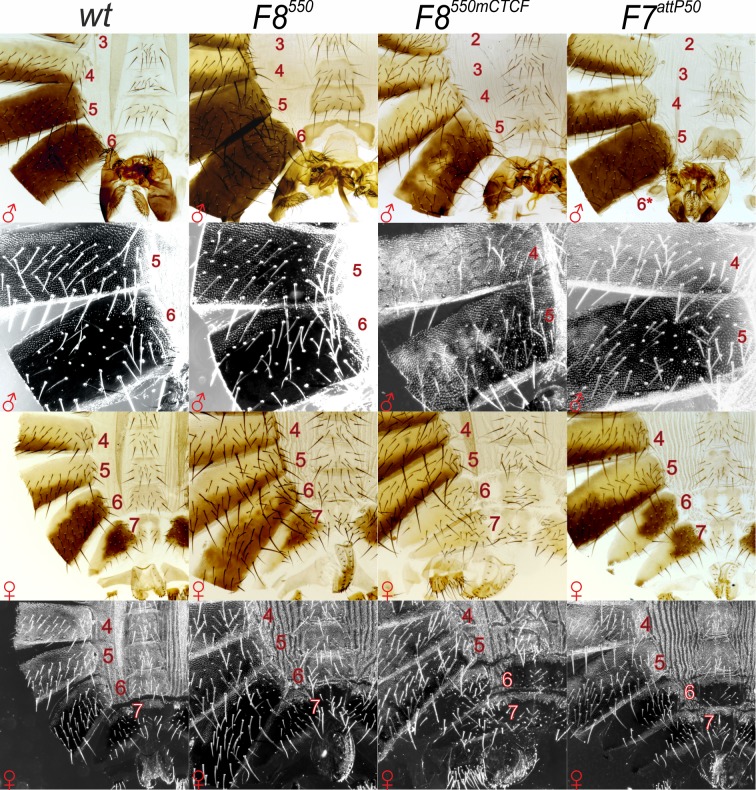Fig 2. Fab-8550 is able to substitute for Fab-7.
Morphology of the 5th to 8th abdominal segments (numbered) is determined by the Abd-B cis-regulatory regions. Wild-type (wt). Males: the 5th and 6th tergites are pigmented, the A6 sternite is recognizable by the absence of bristles and a specific form; A7 does not contribute to any visible cuticle structures. Trichomes are visible in the dark field and cover all the surface of A5 tergite and only a thin stripe along the anterior and ventral edges of the A6 tergite. Females: the 6th tergite is almost completely pigmented, dorsal part of the A7 tergite is depigmented, A7 sternite (ventral) has a characteristic shape with large bristles pointing towards the posterior; A8 tergite is the smallest one with no pigmentation, bristles, or trichomes. In dark field: the entire surface of the A5 tergite is evenly covered by trichomes, most of the A6 and A7 tergites is devoid of trichomes, except the anterior edges, and the ventral edge in A7. F8550 resembles wild type. F8550mCTCF have mixed gain- and loss-of-function (GOF-LOF) phenotype. In males, A6 disappears completely (strong GOF transformation) but at the same time A5 acquires some features of A4 (mosaic LOF phenotype indicating a defect in the functioning of iab-5). Females have GOF phenotypes in A6 and A7 that are not observed in either Fab-7 boundary deletions or in deletions that remove both the Fab-7 boundary and the HS3 iab-7 PRE (compare F8550mCTCF females with F7attP50). These include a reduction in size, an almost complete loss of pigmentation of the tergite and an abnormal pattern of bristles in the sternite. F7attP50 males and females have the classic GOF transformation of A6 (PS11) into A7 (PS12) seen in mutations that remove both the Fab-7 boundary and the HS3 iab-7 PRE.

